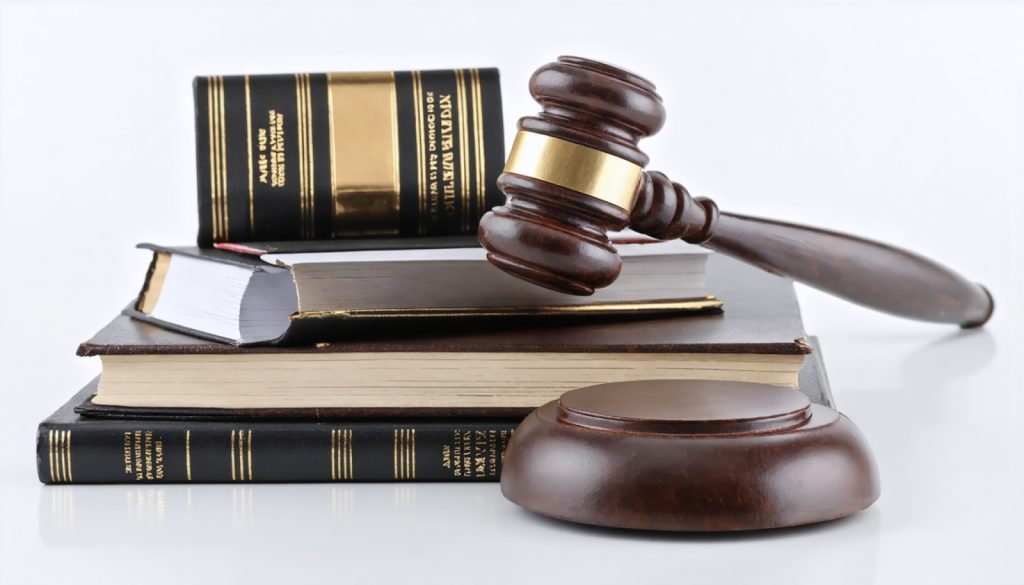
- New Zealand’s constitution is unique and uncodified, comprising statutes, legal conventions, and historical documents.
- The Treaty of Waitangi, signed in 1840, is a cornerstone, establishing a foundational relationship between the British Crown and Māori chiefs.
- Parliamentary Sovereignty is key, with the House of Representatives holding supreme legal authority to craft laws representing the people’s will.
- The judiciary, particularly the Supreme Court, plays a crucial role in interpreting laws and ensuring justice, guided by the Rule of Law.
- The constitution’s dynamic nature allows adaptability to societal changes, exemplifying resilience and forward-thinking governance without relying on a single document.
- This approach exemplifies how legal traditions and cultural history can stabilize and adapt governance, offering insights for other nations.
New Zealand, a land of stunning landscapes and diverse cultures, hides an intriguing secret: a unique, uncodified constitution rooted in tradition and modernity. Unlike many nations that boast a single, definitive document governing their constitutional law, New Zealand embraces a collection of statutes, legal conventions, and historical documents, weaving a complex tapestry of governance.
Visualize the New Zealand constitutional framework as a dynamic web, its threads spun from the Treaty of Waitangi, parliamentary acts, such as the Constitution Act 1986, and judicial precedents. The Treaty, signed in 1840 between the British Crown and various Māori chiefs, stands as a cornerstone, embodying principles of partnership, protection, and participation. It creates a living relationship between the Crown and Māori, informing legislative processes and governmental policies to this day.
New Zealand’s Parliamentary Sovereignty, akin to the steady heart of this intricate organism, asserts that Parliament holds supreme legal authority. With a single House, the House of Representatives, it reflects the will of the people. Through vivid debates and democratic votes, laws are crafted and modified, answering the ever-evolving needs of society.
However, the landscape of New Zealand’s constitutional law isn’t static. Imagine it as a vibrant forest, constantly growing and adapting under the influence of its judicial guardians. The New Zealand courts, notably the Supreme Court, play a crucial role in interpreting laws, setting precedents, and ensuring that justice remains balanced and fair.
Here, the Rule of Law beats steadily, a reminder that no one, regardless of stature, is above the law. This principle hums through every court decision, reinforcing a system grounded in equality and fairness.
Despite the absence of a single, binding document, this eclectic assemblage of legal traditions and frameworks crafts a robust and resilient governmental structure. The dynamic nature of New Zealand’s constitution allows it to respond with agility to societal changes, embodying a forward-thinking approach that could inspire other nations.
The takeaway? New Zealand’s constitutional law, an enchanting blend of the old and the new, demonstrates that order and stability need not depend on a monolithic document. Instead, they can grow from a rich interaction of history, law, and culture, holding the promise of a governance model both unique and adaptive in nature.
Whether you are an aspiring lawyer, a passionate historian, or simply an intrigued traveler, exploring this fascinating aspect of New Zealand bridges the past with the future, offering lessons of resilience and evolution applicable far beyond its shores.
Discover the Intriguing Complexities of New Zealand’s Unique Constitution
New Zealand is celebrated for its breathtaking landscapes and rich cultural heritage. However, it also holds a fascinating constitutional secret: an uncodified system uniquely shaped by both tradition and modern influences. Unlike nations bound by a single constitutional document, New Zealand’s governance is manifested through a collection of statutes, legal conventions, and historical documents, creating a rich tapestry of governance.
Key Elements of New Zealand’s Constitutional Framework
1. Treaty of Waitangi:
– Signed in 1840 between the British Crown and Māori chiefs, the Treaty of Waitangi is a pivotal element, embodying principles of partnership, protection, and participation. It continues to influence legislative processes and government policies profoundly.
– Real-world Use Case: The Treaty of Waitangi is often cited in legal cases to address grievances and seek redress for breaches, illustrating its continual impact on Māori-Crown relations and policy-making.
2. Parliamentary Sovereignty:
– New Zealand’s system is grounded in Parliamentary Sovereignty, implying the House of Representatives possesses supreme legal authority. This unicameral structure facilitates dynamic legislative processes, reflective of societal requirements.
– How-To Steps: Understanding New Zealand’s laws requires analyzing parliamentary debates, committee reports, and enacted statutes to grasp the legislative intent and societal context.
3. Judicial Precedents:
– The courts, led by the Supreme Court, play a critical role in law interpretation, thereby establishing legal precedents. Judicial decisions ensure that laws are applied consistently while respecting fundamental rights.
– Controversies & Limitations: Critics argue that the absence of a written constitution may lead to judicial overreach, with courts arguably gaining excessive influence in shaping laws through broad interpretations.
Operational Integrity and Adaptability
– Rule of Law:
– A foundational pillar ensuring equality before the law. It guarantees that regardless of rank or status, everyone is subject to the law’s authority, ensuring fairness and justice.
– Adaptive Legal System:
– This constitution’s dynamic nature allows it to adapt swiftly to change, demonstrating resilience. It shows that governance can effectively arise from an ongoing interplay of historical tradition and modern regulation.
Pressing Questions and Predictive Insights
– Why Choose an Uncodified Constitution?:
– This approach provides flexibility, enabling New Zealand to adapt governance structures quickly to meet new societal values without the constraints of a rigid document.
– Forecasting Changes in New Zealand’s Governance:
– As global challenges like climate change and technological advancements evolve, New Zealand’s constitution might see increased emphasis on sustainable laws and digital rights, ensuring it remains an innovative legislative model.
Pros & Cons Overview
– Pros:
– Flexibility and adaptability.
– Continuous evolution with societal needs.
– Strong interplay between legal traditions and modern demands.
– Cons:
– Potential lack of clarity and permanence in some areas.
– Overreliance on judicial interpretation may lead to instability.
Actionable Recommendations for Enthusiasts
– Aspiring legal professionals should focus on understanding the significance of the Treaty of Waitangi in New Zealand’s legal processes.
– Historians and political analysts might delve into parliamentary debates to gain comprehensive insight into adaptive governance.
– Travelers interested in New Zealand’s culture should explore the impact of Māori traditions on current governance structures.
Related Links
For further exploration of New Zealand’s legal and governmental structure, visit the New Zealand Government portal.
In conclusion, New Zealand provides a compelling case study in balancing tradition with modernity within its uncodified constitution. Its adaptive, resilient model of governance holds valuable lessons for other nations exploring governance reform or legal innovation.



